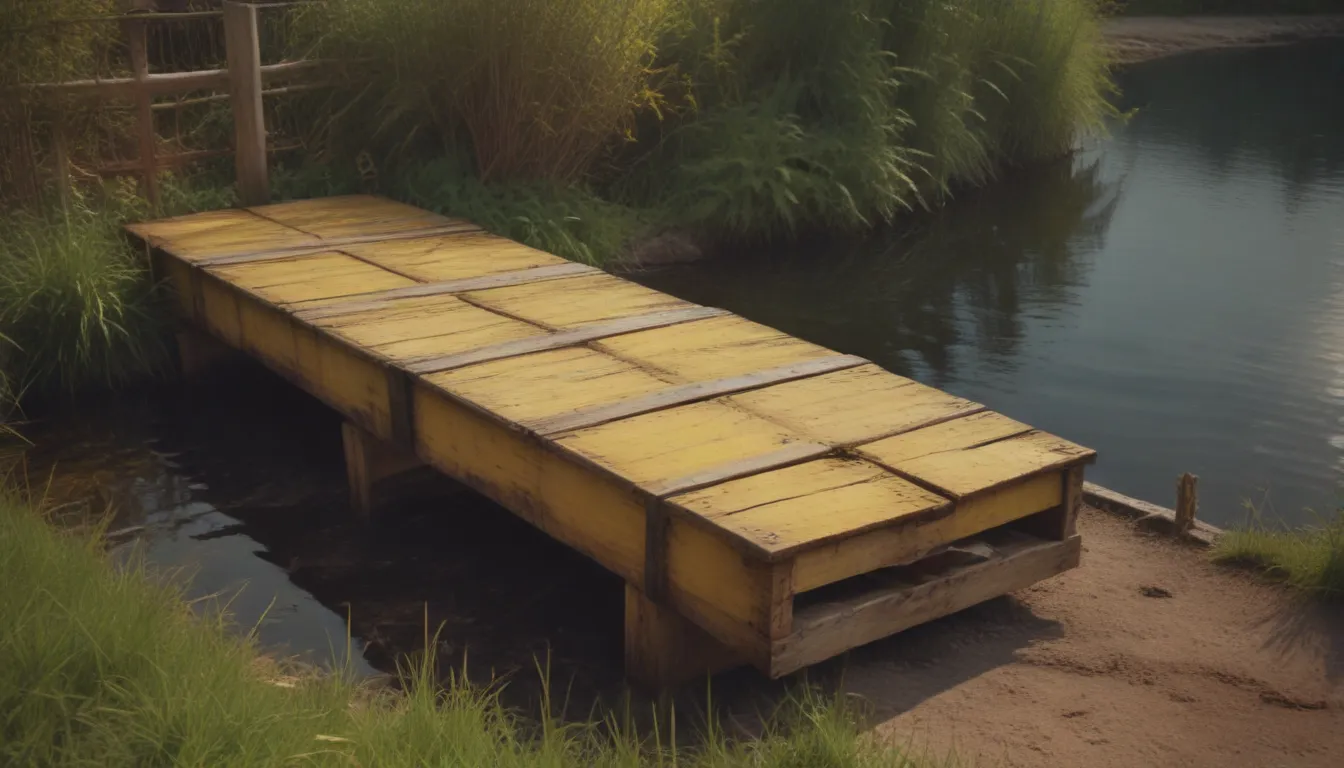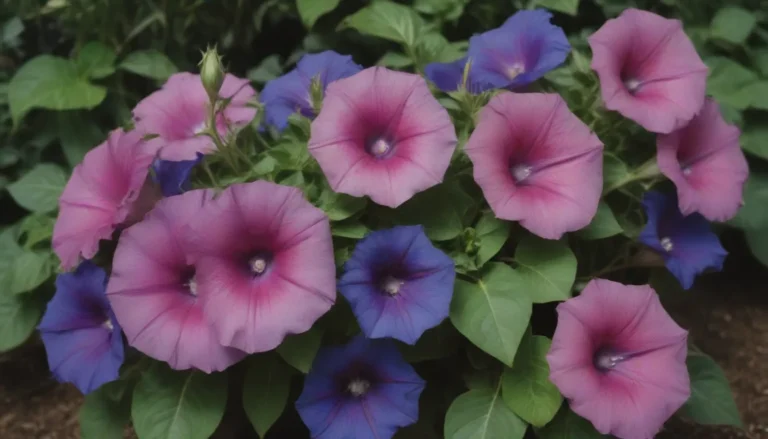Identifying, Removing, and Preventing Yellow Dock in Your Garden

If you’re a home gardener, you may not have considered yellow dock to be at the top of your list of troublesome weeds. However, this tall perennial plant with sword-like leaves and curly edges can quickly take over your yard if left unchecked. Known for its ability to produce a massive number of seeds that stay viable in the soil for decades, yellow dock is a weed that you’ll want to remove as soon as you spot it.
Why Yellow Dock is Invasive
Yellow dock, also known as Rumex crispus, has become naturalized in many parts of the world, including the United States. In states like California and Oregon, it is considered an invasive plant due to its ability to thrive in various climates and soil conditions. Originally native to Africa, temperate and tropical Asia, and Europe, yellow dock can be found almost everywhere in the US.
This plant is incredibly hardy, able to tolerate poor soil quality and even grow in overwatered areas or by roadsides. It’s not just a nuisance to gardeners; yellow dock is toxic to pets, cattle, and sheep, making it a threat to both domestic animals and native wildlife. With each plant capable of producing between 40,000 and 60,000 seeds, yellow dock can quickly spread and choke out other plants, depriving them of vital nutrients, sunlight, and space. The seeds can remain viable in the soil for over 50 years, making eradication a challenging task.
Recognizing Yellow Dock
Identifying yellow dock is crucial for effectively removing it from your garden. This plant belongs to the buckwheat family and is characterized by its distinctive sword-shaped leaves with curly or wavy edges. The plant can grow up to 4 feet tall, with dark green or bluish-green leaves that turn reddish-purple as they age. The flower head of yellow dock is also a useful identifier, remaining on the plant as it dries and turns reddish-brown.
How to Remove Yellow Dock
When dealing with yellow dock in your garden, it’s essential to act quickly and decisively. Here are some steps you can take to effectively remove this invasive plant:
- Digging: While the plant is small, use a shovel or spade to dig it out, ensuring you remove as much of the taproot as possible.
- Cutting: For mature plants, cutting down the vegetative growth in the spring can help weaken the plant over time. Once weakened, treat the plant with an herbicide like glyphosate to eradicate it.
- Mowing: If dealing with a large infestation, mowing the area repeatedly can help control the spread of yellow dock.
- Replanting: After removing yellow dock, promptly replant the area with other vigorous plants to discourage its reemergence.
Preventing the Spread of Yellow Dock
Prevention is key when it comes to managing yellow dock in your garden. Here are some strategies you can use to stop the spread of this invasive plant:
- Early Intervention: Cut down yellow dock before its flowering period, which typically occurs from June to September, to prevent the spread of seeds.
- Differentiating from Similar Plants: Make sure to correctly identify yellow dock from related plants like broadleaf dock, which has wider basal leaves.
By staying vigilant and taking proactive steps to identify, remove, and prevent yellow dock in your garden, you can keep this invasive plant at bay and ensure a healthy, thriving garden for years to come. Remember, the key to effective weed control is early detection and swift action. So keep an eye out for those sword-like leaves and curly edges, and don’t hesitate to take the necessary steps to keep your garden free from yellow dock.





